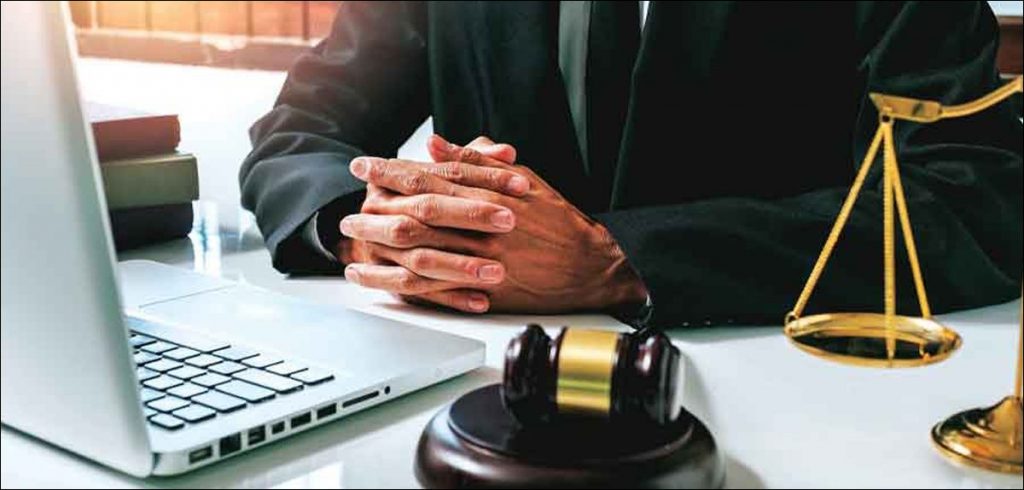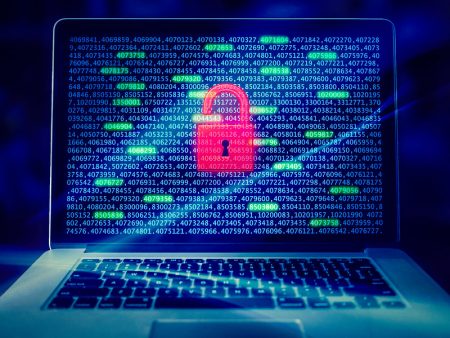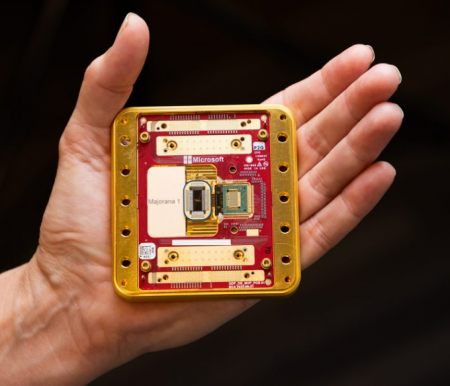A reliable legal technology framework can act as the perfect information portal for litigants, advocates and other stakeholders
With 1.05 lakh cases pending in courts for over three decades, India’s legal system is attempting to absolve itself from the inglorious title of “Quagmire”. The system which inspired an angry Sunny Deol to scream “Tareekh-pe-Tareekh” from a popular Bollywood movie may be at the cusp of a mega-transformation. This is the same system which inspired a popular manufacturer to promote durable plywood — “Chalta Rahe”. Of course, purists and advocates of the system feel that they have had enough of this “Chalta Rahe” or “Chalta Hai” attitude. But, how does one change the operational style of a system in a country where “Chalta Hai” can often get omnipresent.
Stats imply that the urgency quotient for transformation in legal system is at an all-time high but unlike a swift enterprise where the need is resolved within days, the approach to a legal system of a country may take decades. For stat-seekers, 73,000 cases got piled up at the registrar of the Supreme Court while 44 million cases remained pending at courts across the country. India’s legal pendency rate grew by 19 percent since last year according to this report by MoneyControl. Meanwhile, a 2018 NITI Aayog report suggests that at the pre-Covid rate of disposal it could Indian courts as many as 324 years. That, just to clear arrears.
For a system that firmly believes in the adage of “Justice delayed is Justice denied” a wait time that runs in years is beyond a major concern. Such delay fetches the country an inglorious comparison with the likes of Swaziland, Taliban or other African countries where justice delivery moves slower than a snail. Of course, the land of “technology” and the “Outsourcing hub of the world” could do much better. The Superior Court of California, for instance, suggests that trials last 3-7 days. A Europa report estimates that it took a little more than 1,400 days for Italy (the maximum in Europe) to resolve litigious, civil and commercial cases. Within Europe, Estonian courts delivered swift justice with cases cleared in under 200 days.
There are multiple factors responsible for swift justice. Contemporary debate on better legal delivery covers some of these factors such as need for more advocates, judges and better facilities. Surprisingly, such debates do not cover the aspect of technology. A reliable legal technology framework can act as the perfect information portal for litigants, advocates and other stakeholders. Such technology not only improves the chances of reducing case-loads but availability of advanced analytics and mobile dashboards can provide meaningful alerts to all. Such a framework is beyond the scope of a mere word processing tool used by attorneys but rather it could be an enterprise-wide planning tool built with the sole objective of delivering Justice.
Technology Landscape within India’s Legal System:
While we deliberate on the objectives and merits of such an evolved framework, reasonable focus is needed on the current system. A partial framework around digitization and technology implementation commenced at Indian courts sometime around 1990 with the National Informatics Center computerizing several processes for the Supreme Court and other lower courts. This implementation enabled Indian courts to primarily post cause lists and judgements on the internet for convenient access by litigants. However, the volume and breadth remained limited.
The next evolution arrived during the days of lockdown. Surprisingly, the Coronavirus spurred Indian courts to adopt to a new normal. Sensing the importance of delivering justice, Indian courts allowed for physical-less services to a courtroom. The arrival of virtual courts meant benefits for advocates too. Rohan Mittal, Advocate & Co-Founder at RR Legal Chambers shares, “the luxury of having a digital library of information at disposal while remaining in court enables to appear in numerous courts at a single click. We don’t have to travel through the country and there is a greater joy to argue within a virtual courtroom. If virtual courts are enabled with the correct infrastructure, Indian courts may witness a near zero pendency rate.”
The reference to infrastructure is likely to include server rooms, mobile apps, algorithms, and even machine-learning tools. Besides near-zero pendency rate such tools also reduce the time taken to deliver justice which uplifts the morale of plaintiffs.
3 Simple Benefits:
When asked how a virtual courtroom could make an impact, Ram Solanki (name changed on request), a plaintiff shares, “In 2018, my case was heard at a court 500 kilometres away. I would spend Rs 3,000 on just travelling. I could have saved this money if the hearings were held virtually.”
Rajiv Shankar Dwivedi agrees with Solanki’s observation. He feels that besides the travelling costs, moving to a system of e-filing has done away with even “a visit to a notary or registry of the court.” Dwivedi, an Advocate on record with the Supreme Court of India reveals that the tech-stack has enabled three major benefits. The first one is convenience factor while the second is enabling Indian courts to shed their over-reliance on paper.
Indian courts are estimated to print nearly 11 billion sheets of paper besides depending on an elaborate set of printers. Doing away with printing not only brings down financial costs but also enables the Indian legal system to build an environment friendly image. By going paper-less, the legal system can save 109 billion litres of water besides 1.3 million trees from getting axed, according to this report. “The tightening of lockdown and mandatory e-filing, numerous technology instruments, hardware like scanners, computers and software like PDF and MS-WORD assisted the filing process thereby reducing the reliance on multiple sets of print-outs,” he adds.
The third solution is transparency in delivering justice by bringing courtroom-hearings accessible to all stakeholders.
The Futuristic Tech-Stack
With the technology stack getting digitized the fears of information-risk poses a major challenge. This explains why the system is exploring techniques such as Blockchain. Blockchain technology is currently being evaluated for protection of e-evidence from being altered. Online Arbitration is another potential alternative where arbitration processes together with ancillary judicial actions such as the selection of the arbitrator and challenge to the verdict are also likely to be done online.
Dr. Maurya Vijay Chandra, an Advocate practicing with the Supreme Court and Founding Partner at Adyopant Legal offers an elegant summary on the technology scenario at Indian courts. He says, “the integration of technology will remain a challenging task as the legal architecture is highly complex and technologies can only be auxiliary means to achieve legal justice. Also, there is still a difficulty to onboard the para-legal and elder colleagues on these techniques.”
The legal system could perhaps take a cue from the enterprise sector where a fresh implementation is often looked upon as a journey. For instance, a bank approaching implementation of a Core Banking System looks at first digitizing documents and then adding other benefits — reports, real-time analysis or machine learning. As with most technology deployments, fence-sitters are often those averse to change. But, with India’s legal framework there is hope that the legal fraternity welcomes a transformation as a means to impart Justice to all.
Written by Prasanna Kumar Srivastava with additional inputs and edits from Sairaj Iyer.
In case you missed:
- None Found










1 Comment
Thank you for sharing the information about technology solve India’s legal quagmire, keep sharing.